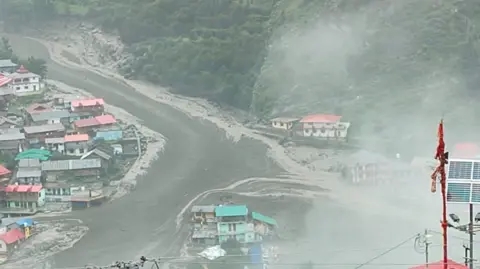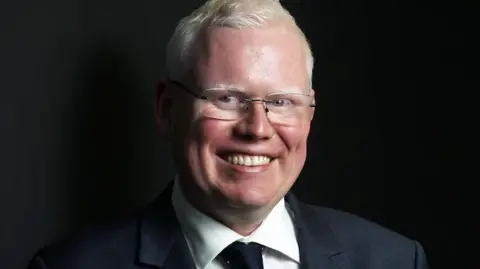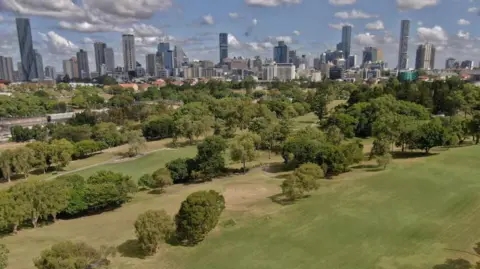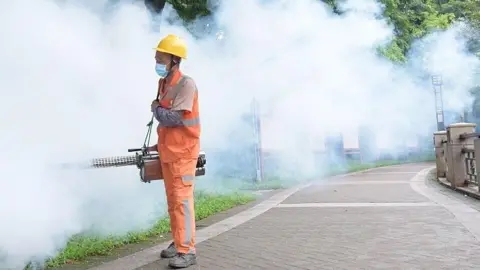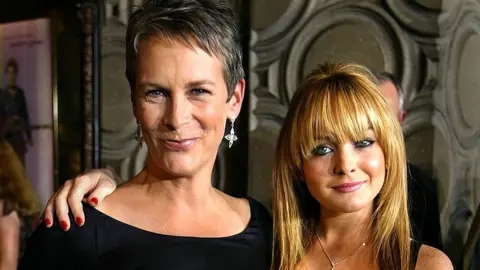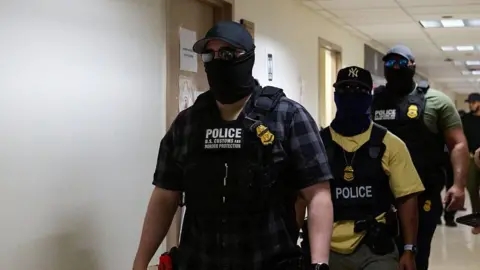A legal challenge in India’s Supreme Court has reignited debate over whether consensual relationships between teenagers should be treated as criminal offenses. Currently, the age of consent in India is 18, meaning any sexual activity involving individuals below that age—even if voluntary—can lead to prosecution under child protection laws.
The petition, filed by a prominent lawyer, argues that criminalizing intimate relationships between 16- and 18-year-olds does more harm than good. The contention is that while laws like the Protection of Children from Sexual Offences Act (POCSO) were designed to shield minors from exploitation, they are increasingly being used to penalize consensual relationships among peers.
Opponents, including the Indian government, warn that lowering the age of consent could expose minors to abuse, trafficking, and forced marriages. However, advocates for reform point to cases where young couples—often fleeing disapproving families—face severe legal consequences, with boys prosecuted for rape under POCSO despite mutual consent.
India’s legal framework has seen multiple shifts over the years. The age of consent was just 10 in 1860, raised to 16 in 1940, and finally set at 18 in 2012. Critics argue this higher threshold clashes with societal realities, where many teens engage in relationships but risk legal repercussions.
Courts have occasionally exercised discretion in such cases, dismissing charges when evidence suggests genuine consent. Yet, legal experts argue that relying on judicial leniency is unreliable—outcomes vary widely, and the drawn-out legal process itself can be punitive. Some propose a “close-in-age exception,” which would decriminalize relationships between minors of similar ages while maintaining safeguards against exploitation.
The broader question remains: Should the law adapt to reflect evolving social norms, or does a strict age limit remain necessary to protect vulnerable youth? With millions of pending POCSO cases and concerns over misuse, the debate underscores the tension between safeguarding minors and respecting adolescent autonomy.
As the Supreme Court weighs the issue, the decision could reshape how India balances protection with personal freedom—a challenge many nations continue to grapple with.

